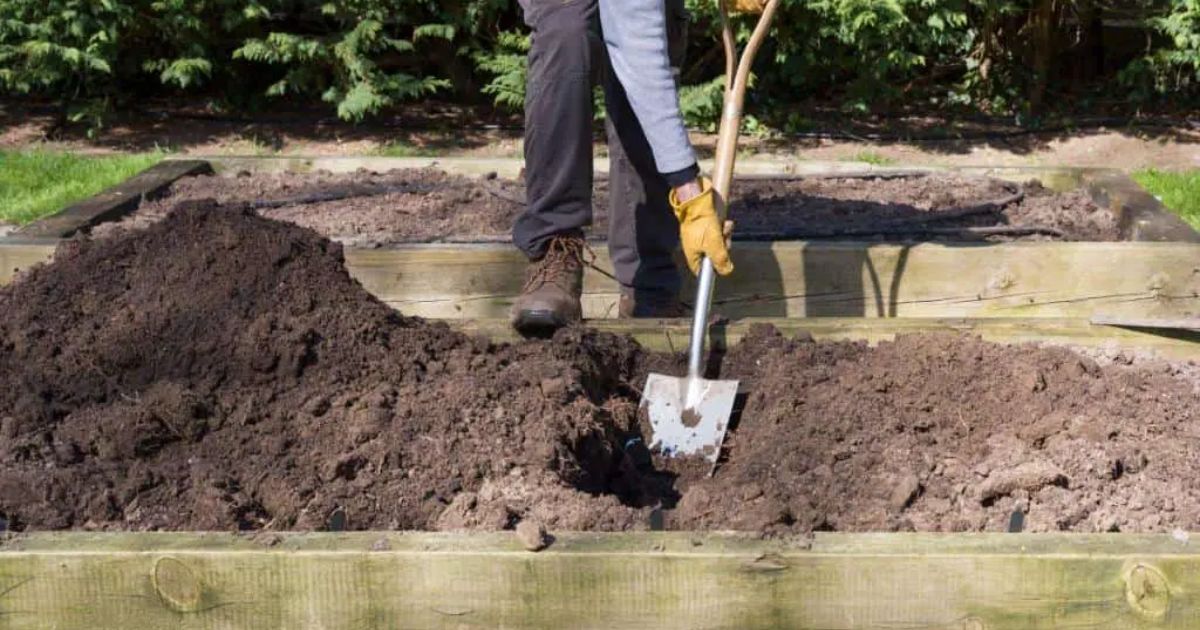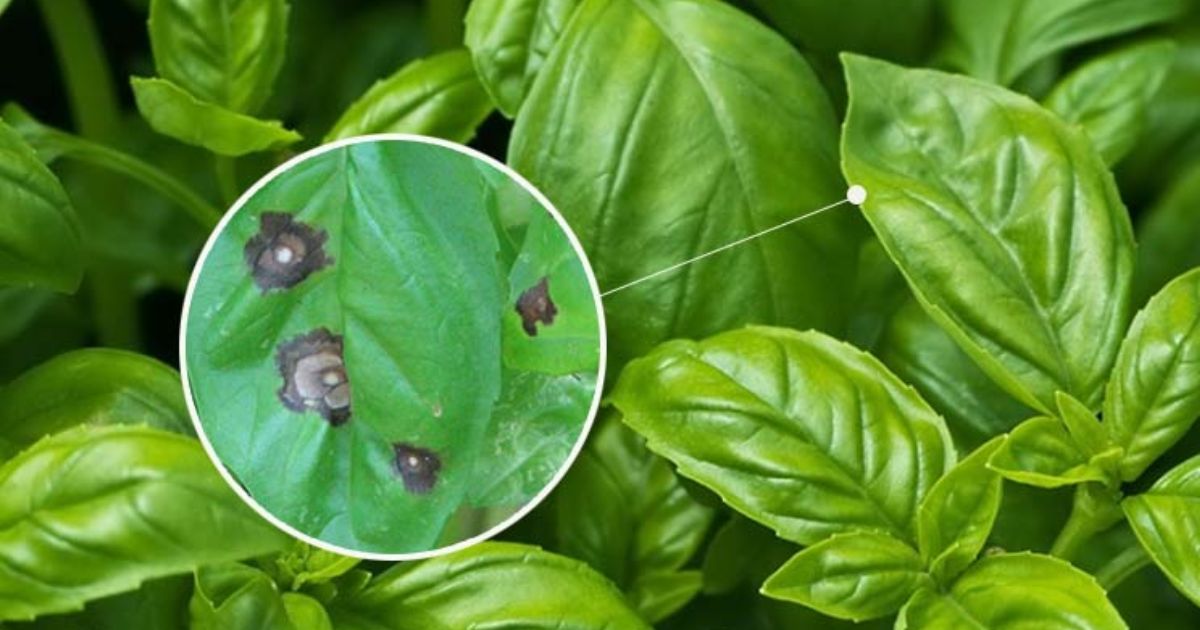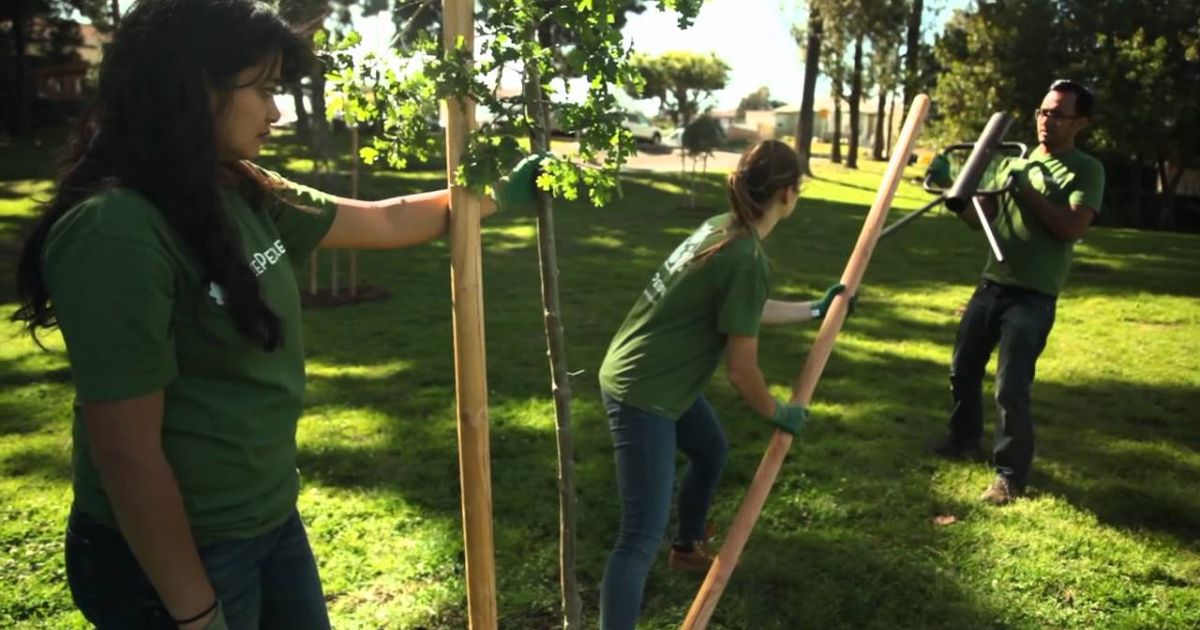Ivy plants are some of the most popular choices for both new and experienced plant lovers. Their trailing vines, lush green leaves, and easy-going nature make them perfect for hanging baskets, shelves, window sills, and even outdoor walls. Whether you want a cascading indoor display or a hardy outdoor climber, ivy can quickly transform any space into something fresh and vibrant.
But even though ivy is known as a low-maintenance plant, it still needs the proper care to grow healthy, full, and pest-free. From choosing the right light to watering correctly and keeping pests away, every step matters if you want your ivy to thrive.In this guide, you’ll learn everything you need to know about taking care of an ivy plant, whether you’re starting with a small cutting or managing a mature, fast-growing vine. Let’s get started!
What Is an Ivy Plant?
An ivy plant is a fast-growing, evergreen vine with a trailing or climbing growth habit. The most common type is English Ivy (Hedera helix). Still, there are many varieties such as Algerian Ivy, Persian Ivy, and Irish Ivy, each offering slightly different leaf shapes, sizes, and colors.Ivy plants naturally grow in forests where they climb trees, walls, and rocks using tiny aerial rootlets. This ability to climb and spread makes them popular as ornamental plants indoors and outdoors. How to Care for Golden Pothos in Water and Soil Indoors, ivy is loved for its decorative hanging vines, while outdoors it’s often used as ground cover or for covering fences and walls.
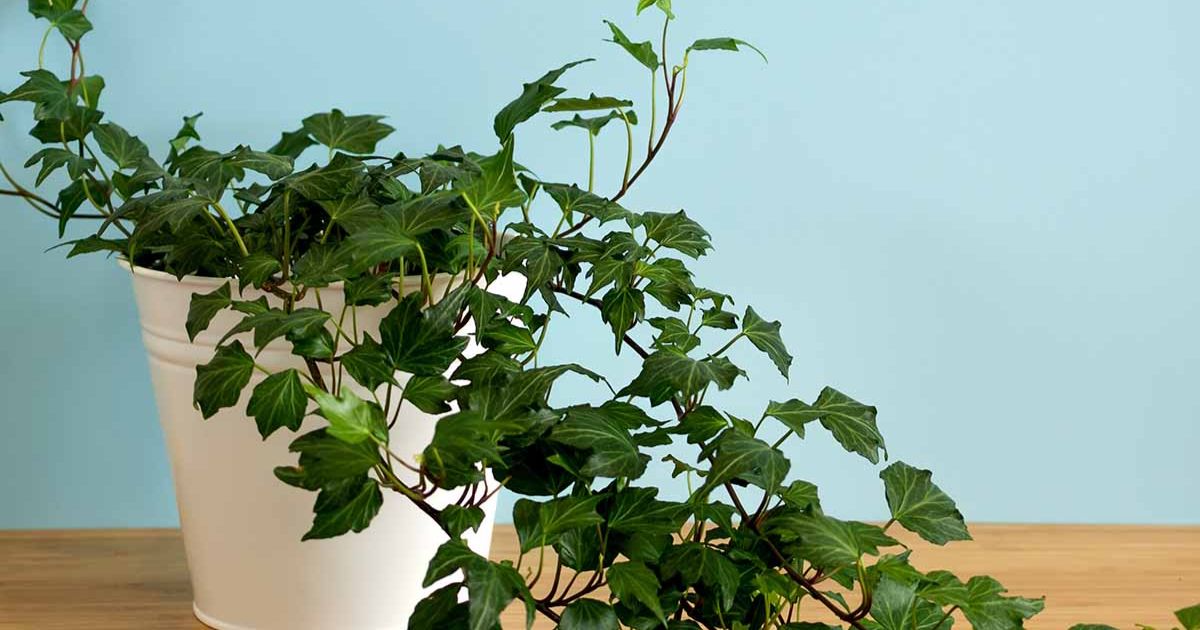
Most ivy varieties are hardy and adaptable, thriving in a wide range of environments as long as they receive indirect light and adequate moisture. Their classic green foliage instantly adds a fresh, elegant touch to any home or garden setting, making them a favorite among plant enthusiasts.
Benefits of Growing Ivy Indoors
Growing ivy indoors offers several advantages, making it a favorite among plant lovers. Whether you’re decorating a small apartment or adding greenery to your workspace, ivy brings beauty and benefits with minimal effort.
Natural Air Purifier
Ivy plants are well-known for improving indoor air quality. They can help reduce airborne mold, dust, and toxins, creating a fresher, healthier environment in your home.
Perfect for Small Spaces
Ivy doesn’t need much room to thrive. You can keep it in a hanging pot, on a shelf, or let it climb a small trellis. Its trailing vines make any corner look more lively without taking up floor space.
Easy to Maintain
One of the biggest reasons people love ivy is its low-maintenance nature. It adapts well to different light levels, grows quickly, and doesn’t require heavy feeding or complicated care routines.
Versatile Decoration
Ivy fits into almost any décor style from modern apartments to cozy, natural homes. You can let it cascade, train it to climb, or wrap it around decorative supports to create an attractive indoor display.
Ideal Growing Conditions for Ivy
Creating the right environment is the key to helping your ivy plant grow healthy, complete, and vibrant. While ivy is adaptable, giving it ideal conditions will keep it lush and problem-free.
Light Requirements
Ivy thrives best in bright, indirect light. It can survive in low-light areas, but its Growth may slow, and variegated varieties might lose their color. Steer clear of intense sunshine as it can burn the foliage. And cause them to turn brown.
Temperature
Ivy prefers cool to moderate temperatures, ideally between 15–24°C (60–75°F). It doesn’t like being placed near heaters, air conditioners, or drafts. Stable temperatures help maintain healthy Growth and vibrant foliage.
Humidity
While ivy can tolerate normal indoor humidity, it grows best in a moderately humid environment. Low humidity can cause crispy leaf edges, especially during winter. What’s Wrong With My Plant Misting occasionally or placing a humidity tray nearby can help keep the plant comfortable.
Air Circulation
Good air circulation is essential for ivy to prevent fungal issues and pests such as spider mites. Avoid placing the plant in tight, stuffy corners; give it space to breathe.
Placement Tips
- Near east or north-facing windows
- On shelves with filtered light
- Avoiding direct midday sun
Watering Your Ivy Plant
Watering is one of the most essential parts of ivy care, and doing it correctly keeps your plant healthy, vibrant, and pest-free. Ivy prefers its soil to stay slightly moist but never soggy, which means finding a balance between overwatering and underwatering.The general rule is to water your ivy when the top 1-2 inches of soil are dry to the touch. If the soil is still wet when you stick your finger in, give it a little more time before watering again. Make sure to water the pot thoroughly until any extra water drains from the bottom. This keeps the roots moist and keeps the soil from becoming salt-affected.
And fungal issues. On the other hand, underwatering causes the leaves to become dry, crispy, and curled. Keep an eye on the plant’s signals to adjust your watering routine. Grape Vine Disease Identification with Pictures Common Problems Your home’s environment also affects how often you should water. In warm seasons, or if your home is dry, ivy may need more frequent watering. During winter, water less because Growth slows and the soil stays moist longer.
Soil and Potting Needs
Selecting the right pot and soil is crucial for supporting your ivy’s vigorous, healthy Growth. Ivy prefers well-draining, slightly moist soil that allows air to reach its roots. A high-quality potting mix with perlite, peat moss, or coco coir works perfectly, as these ingredients help balance moisture and drainage. Garden soil can compress and limit root growth, so avoid using it. Good drainage is essential for ivy. Always use a pot with drainage holes to stop water from collecting at the bottom and causing root rot. If your pot doesn’t have drainage holes, add a layer of small stones at the bottom; drainage holes are always the better choice.
Repotting is another way to keep your ivy happy. Small Garden Design Ideas for Every Space and Budget Ivy doesn’t need frequent repotting; once every 1–2 years is usually enough. You’ll know it’s time to repot when the plant becomes root-bound or when roots begin to emerge from the drainage holes. To prevent too much soil, pick a new pot that is just one to two inches larger than the current one. That stays wet for too long.Using the right soil and pot ensures your ivy has a stable foundation to grow full, lush, and beautiful.
Fertilizing Ivy Plants
Fertilizing your ivy plant helps it grow fuller, greener, and more vibrant, but the key is to feed it lightly and consistently. Ivy isn’t a heavy feeder, so a balanced approach works best.Use a balanced liquid fertilizer, such as a 10-10-10 or 20-20-20 formula, diluted to half strength. During the active period, apply it every 4 to 6 weeks. Growing seasons are spring and summer. This provides essential nutrients that support healthy leaves and steady vine growth.
During fall and winter, ivy naturally slows down its Growth, so you should stop fertilizing or feed very sparingly. Over-fertilizing in cooler months can burn the roots, cause leaf browning, How to Get Rid of Ants or encourage weak, leggy Growth.If you prefer organic options, compost tea or a mild seaweed fertilizer can be great alternatives. These enrich the soil gently without overwhelming the plant.Always remember: less is more when it comes to ivy. Too much fertilizer can do more harm than good, especially if the soil is already rich. With the proper feeding routine, your ivy will stay lush, vibrant, and beautifully green year-round.
Common Problems and Solutions
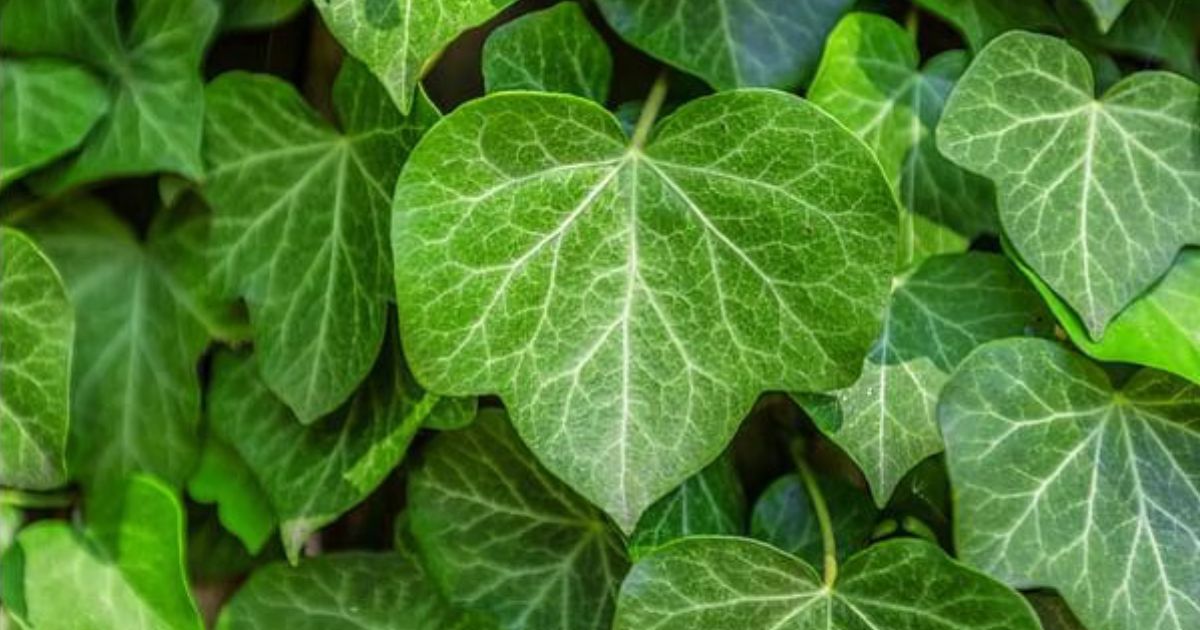
Even though ivy is a hardy and low-maintenance plant, it can still face issues if its basic needs aren’t met. Understanding the signs early will help you fix problems before they get worse.
Yellow Leaves
Cause: Overwatering, poor drainage, low light, or nutrient imbalance.
Solution: Let the soil dry before watering again, how to care for ivy ensure the pot has drainage holes, and move the plant to a brighter spot. Check for root rot and water less frequently.
Brown, Crispy Leaves
Cause: Underwatering or low humidity.
Solution: Water more regularly and mist the leaves occasionally. Avoid placing your ivy near heaters or direct sunlight.
Drooping or Wilting Vines
Cause: Inconsistent watering or sudden temperature changes.
Solution: Maintain an even watering schedule and keep the plant away from drafts, AC vents, and heat sources.
Pests (Spider Mites, Aphids, Scale)
Cause: Dry air and stressed plants attract pests.
Solution: Wipe leaves with soapy water, neem oil, or insecticidal spray. Increase humidity and improve air circulation.
How to Propagate Ivy
Propagating ivy is simple, making it easy to grow new plants from a healthy vine. There are two standard methods: water propagation and soil propagation.
Water Propagation
- Choose a healthy stem with 3–4 leaves.
- Use pruning or clean scissors to cut the stem slightly below a leaf node. Shears.
- Remove the leaves closest to the cut end.
- Place the stem in a jar of water, making sure the nodes are submerged.
- Keep the jar in bright, indirect light and change the water every few days.
- Roots will start to form in 2–4 weeks, after which you can plant it in soil.
Soil Propagation
- Take a stem cutting as above.
- It’s optional; however, dipping the cut end in rooting hormone how to care for ivy plants promotes quicker root growth.
- Directly plant it in well-draining, moist soil.
- To keep the pot moist, cover it with a clear plastic bag.
- Please water it lightly and maintain it in bright, indirect light.
- The cutting will start new growth and form roots in a few weeks.
With proper care, propagated ivy grows quickly and can be used to decorate more areas of your home or garden.
Outdoor Ivy Care
Growing ivy outdoors can create a lush, green covering for fences, walls, or garden trellises, but it requires slightly different care than indoor ivy. Outdoor ivy is hardy and adaptable, but keeping it healthy and controlled is essential to prevent it from becoming invasive.
Sunlight
Outdoor ivy thrives in partial to full shade, how to care for english ivy although some varieties tolerate morning sun. Avoid harsh afternoon sunlight, which can scorch the leaves and cause browning.
Watering
Even outdoors, ivy prefers moderately moist soil. Water newly planted vines regularly until they establish, then reduce frequency. Drought-tolerant once mature, outdoor ivy still benefits from occasional deep watering during prolonged dry periods.
Soil Requirements
Outdoor ivy grows best in well-draining soil enriched with organic matter. Poor soil slows Growth, while heavy clay can cause waterlogging and root rot.
Controlling Growth
Outdoor ivy grows quickly and can spread aggressively. Regular pruning is necessary to prevent it from overtaking walls, fences, or nearby plants. Cut back overgrown vines and remove any runners spreading to unwanted areas.
Winter Care

Most ivy varieties are frost-hardy, but mulching around the base helps protect the roots during extreme cold. Avoid heavy fertilization in late fall.
With proper care and regular maintenance, outdoor ivy adds beauty and greenery while remaining manageable and healthy.
Conclusion
Ivy is a versatile, attractive, and low-maintenance plant. It may add brightness to any area, whether indoors or outdoors. With its trailing vines, lush foliage, and adaptability, it’s no wonder ivy is a favorite among plant lovers. By providing the right light, water, soil, and occasional pruning, you can keep your ivy healthy, vibrant, and growing beautifully year-round.
Whether you’re a beginner or an experienced gardener, understanding your ivy’s needs, such as proper watering, fertilizing, and pest control, will ensure it thrives. You can even propagate it easily to expand your indoor greenery or share it with friends. For outdoor Growth, regular maintenance keeps it controlled while adding a stunning natural cover to walls and fences.With a bit of attention and care, your ivy plant will not only enhance your home or garden aesthetically but also bring a refreshing, calming touch to your environment. Start caring for your ivy today and enjoy the beauty and benefits of this timeless, hardy plant.
FAQ
Is ivy a good houseplant?
Yes! Ivy is an excellent indoor plant because it is hardy, low-maintenance, and adapts well to various light conditions. Its trailing vines add natural beauty to shelves, hanging baskets, and trellises.
Does ivy grow in low light?
Yes, ivy can survive in low light, but Growth may slow, and variegated varieties might lose some of their coloration. Bright, indirect light is ideal for the best results.
How often should I water my ivy?
When the top 1 to 2 inches of soil feels dry, add water. Avoid overwatering, as soggy soil can lead to root rot. During winter, reduce watering since Growth slows.
Why is my ivy turning yellow or brown?
Yellow leaves usually indicate overwatering, poor drainage, or nutrient deficiency. Brown, crispy leaves often result from underwatering, low humidity, or exposure to direct sunlight. Adjust care based on these signs.
Can I propagate ivy easily?
Yes! Ivy can be propagated via water or soil cuttings. Take a healthy stem cutting, allow it to root, and plant it in soil or water for new Growth.


